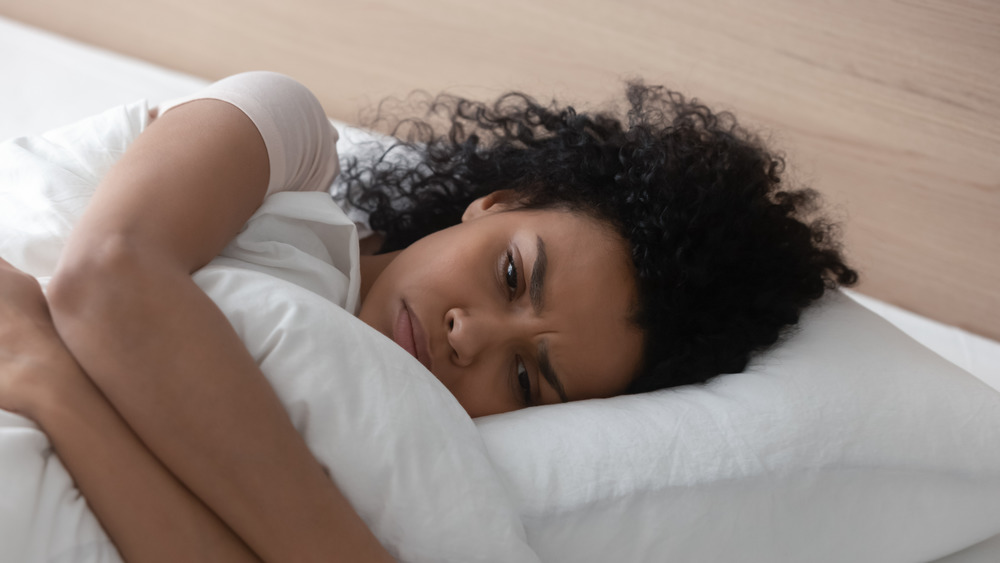What Is Seasonal Affective Disorder?
When the seasons change, it's fairly common to have some emotional reaction. But if changes to your mood linger or interfere with your daily life, you could be dealing with seasonal affective disorder (SAD), according to the National Institute of Mental Health.
Researchers have not been able to pinpoint the exact causes of SAD but believe it may be related to the way changes in daylight affect hormones, according to WebMD. It's possible that the decrease in sunlight during fall and winter results in the brain producing less serotonin. It tends to begin in adolescence and is more common among women and populations living in the northernmost regions of the world where days are short.
Symptoms of wintertime SAD are similar to what might be experienced with major depression. Fatigue during the day, problems concentrating, feelings of hopelessness or irritability, reduced libido, and weight gain are all indicators, according to Healthline. Symptoms tend to be recurrent each year around the same time and are not tied to a particular life event.
Summertime SAD is also possible
For a small group of people, the shift from winter to spring or summer can also bring on SAD. This is known as summer-pattern seasonal affective disorder. Symptoms, in this case, are different than those experienced in winter-pattern SAD, and include agitation or restlessness, anxiety, insomnia, and weight loss or poor appetite, according to the NIMH.
People who have a family history of SAD, or who have major depression or bipolar disorder, may be at increased risk for SAD, according to the Mayo Clinic. If you have symptoms of either winter or summer-pattern SAD that last for several days, it's wise to speak with your doctor because there is treatment available.
Both patterns of SAD are treated the same way. First, a doctor will rule out other conditions that can cause similar symptoms like bipolar disorder, hypothyroidism, or mononucleosis, according to Healthline. They may then recommend therapy, antidepressants, or treatment with specialized lights that mimic sunlight.
It's important to start the right treatment for SAD to optimize results. So, before undertaking any treatment on your own, speak with your doctor first to rule out other causes for symptoms and create the best plan.


